When was the last time you bought something just because you saw it on social media?
It probably happens more often than you’d like to admit.
Most of the time you spend on your phone isn’t spent calling or texting — it’s scrolling through feeds, catching up on news, and yes, shopping. As a store owner, this is where social selling comes into play, turning every scroll into a potential sale.
In this article, we’ll discuss what social selling is, highlight social selling tools you need to use, and discuss best practices and strategies to boost engagement.
What is social selling?
↑ Revenir en hautSocial selling is the art of using social networks to find, connect with, engage, and nurture sales prospects. It’s the modern way to develop meaningful relationships with prospects and customers, so you’re the first person they think of when they’re ready to buy.
By using your social network to share positive news, post valuable content, answer questions, and interact genuinely with prospects, you build trust and increase sales opportunities. It’s like networking, but you’re swapping business cards for likes, comments, and shares.
Beauty company, Kane NY, for example, has an active presence on networks like Facebook. In this post, they’re boasting their New Year’s Deal.

But social selling isn’t just for the big players — businesses of all sizes can jump on the social selling bandwagon.
Unlike paid ad tactics like traditional PPC search ads, social selling prioritizes the customer’s journey and experience and aims to provide solutions and establish credibility rather than just closing a quick sale. The more high-ticket your product, the more the need for social selling.
What isn’t social selling?
Before we move on, let’s clear the air on what social selling is not.
Social selling isn’t about bombarding strangers with unsolicited DMs or flooding their feeds with pushy pitches from sales teams. It’s more nuanced — instead of aggressive tactics, social selling focuses on building relationships and engaging with potential customers through relevant content and interactions.
It’s also not the same concept as social commerce.
Social selling is akin to traditional advertising and marketing and uses posts about products, engaging imagery, and influencer collaborations to eventually guide users from social platforms where they can make purchases, either online or in-store.
In contrast, social commerce allows direct purchases on social media (like jewelry company April Soderstrom’s store on Instagram) so potential customers don’t have to switch channels. So there’s really no such things as a social selling platform — there are just social media platforms that are being used for selling.
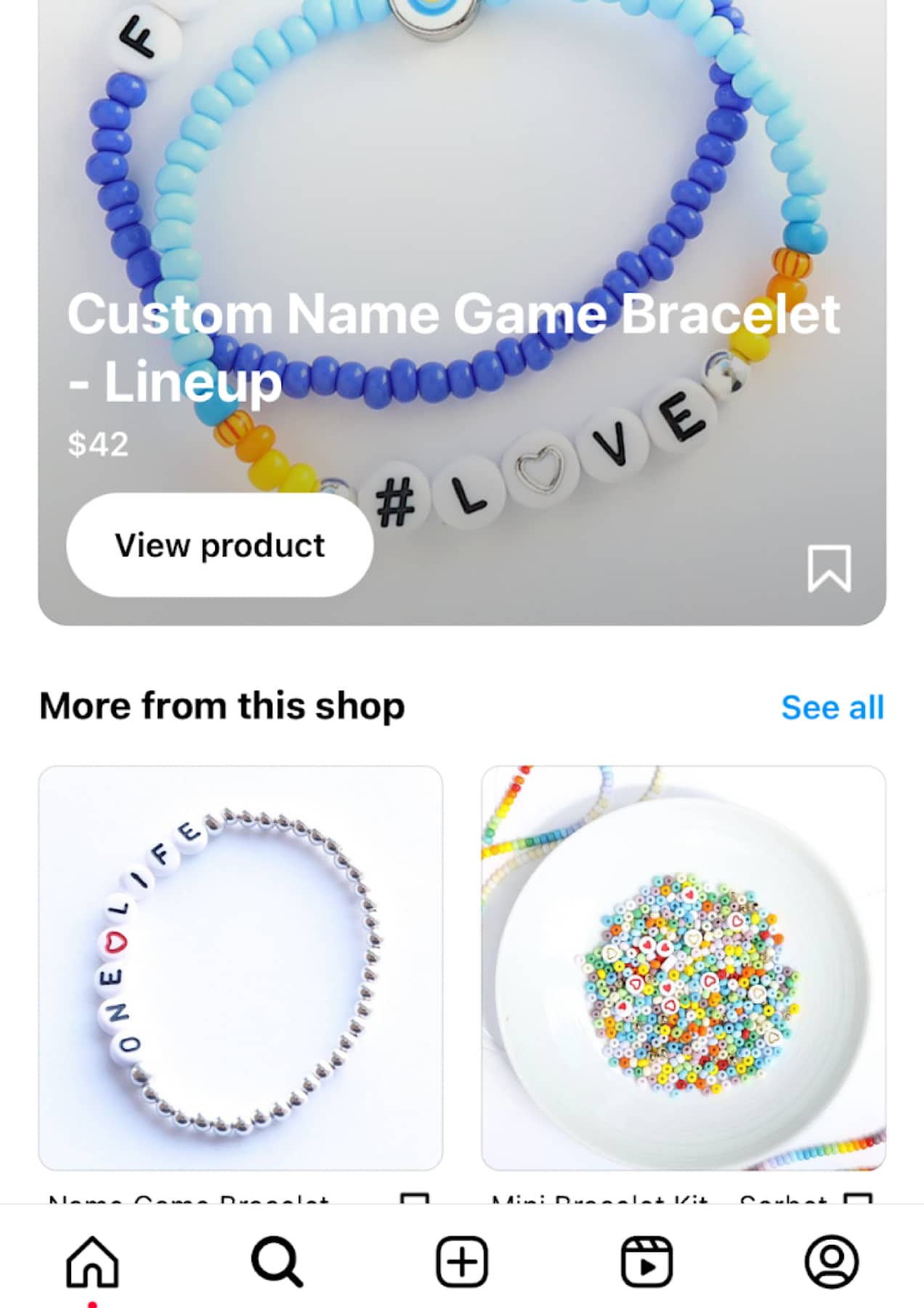
Understanding these nuances is key to using social media for genuine customer engagement and long-term relationship building, rather than just immediate sales.
Why is social selling important?
↑ Revenir en hautSocial selling is all about making your brand the first thing that pops into a customer’s mind when they’re ready to make a decision. Social selling works to weave your brand seamlessly into the sales process ensuring it isn’t just another option, but it’s the option. Here are three benefits of social selling:
It builds stronger connections
Social selling lets you build relationships that are truly meaningful by engaging and interacting directly with potential buyers where they hang out most — social media.
These stronger connections transform fleeting interactions into lasting relationships and set the stage for trust and loyalty.
Suppose you discover someone on X talking about a common challenge your customers face. Jumping into the conversation to add your first-hand experience or solutions others in your network have discovered (not necessarily linking to one of your products) positions you as someone who actually cares about the outcome.
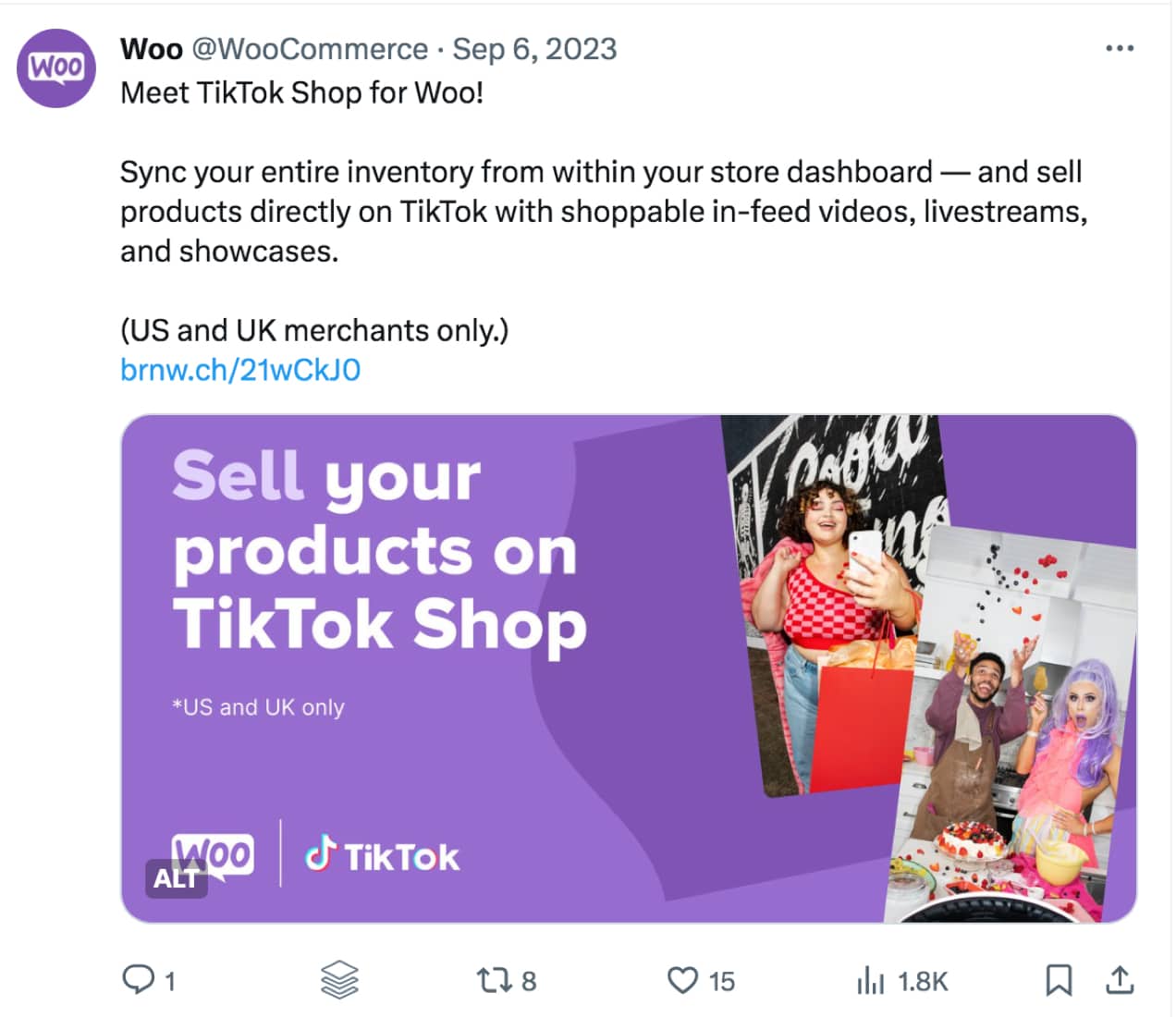
In these natural conversations, every shared insight and helpful suggestion cements your brand’s credibility, showcasing expertise and commitment that resonates with potential customers.
It takes more time, but is often more effective (and valuable long-term) than any paid ad.
It increases brand visibility
Social selling turns the spotlight on your professional brand. Engaging content and an active presence amplifies your brand reach and builds trust among potential customers. When you’re visible, you’re in people’s minds, sparking conversations and building recognition.
Sprout Social asked customers what the most memorable brands did on social. Here are the results:
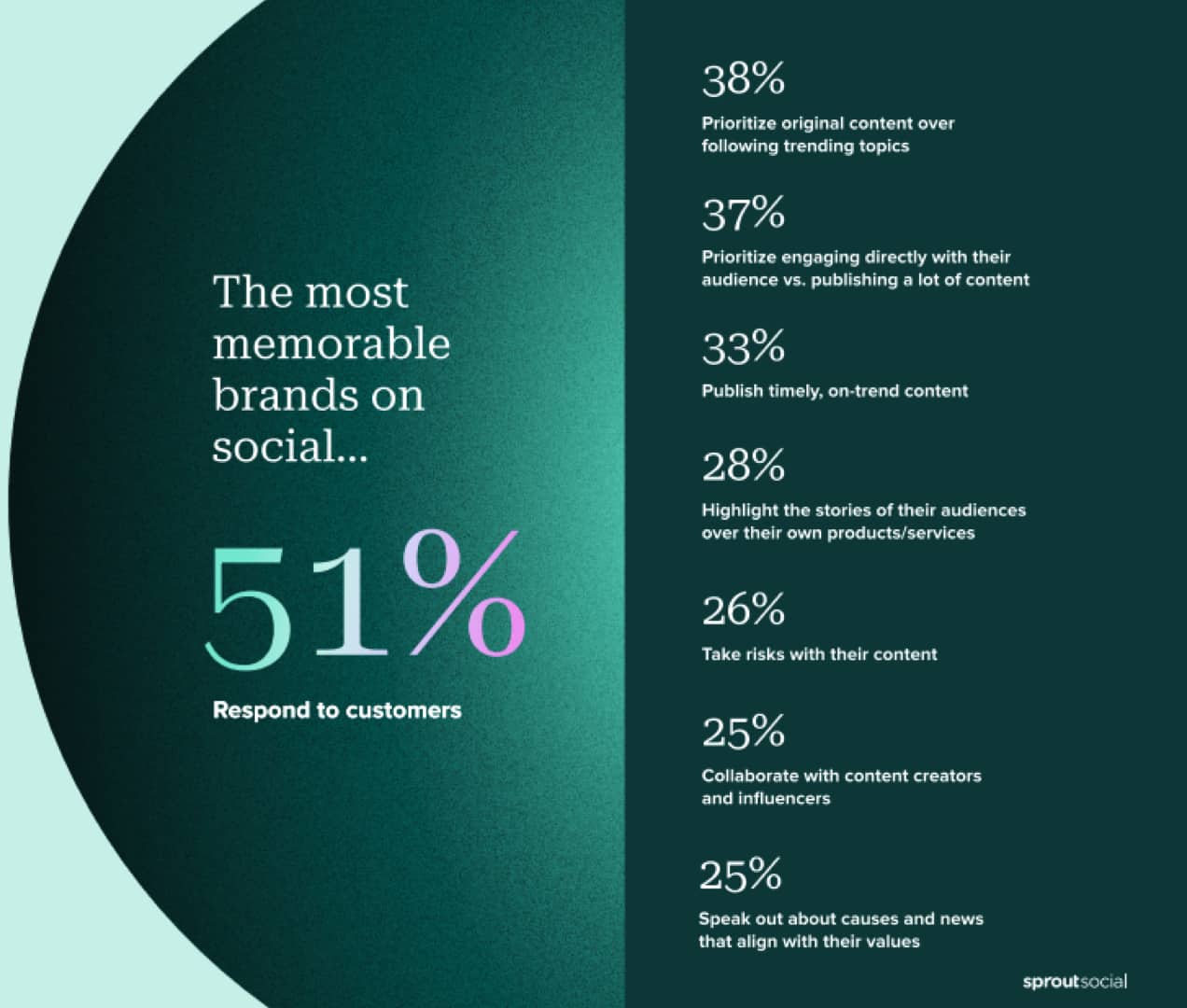
Many of these actions — including responding to customers and prioritizing engaging directly — go beyond typical social media marketing and are rather hallmarks of effective social selling.
Interactions don’t always stay 1:1. You may be familiar with Wendy’s witty social media comments (and now every brand seems to be following suit). They directly engage with individual posts and their unexpected, hilarious comments often go viral. They’ve now tied a genuine voice to their brand and have gotten thousands of organic impressions.
Suddenly, you’re not just reaching your immediate audience — you’re capturing the attention of their networks and beyond.
This is how social selling turns a single interaction into a widespread conversation about your brand. And with every share, like, or mention, you’re building a reputation.
It boosts sales
Social selling strategically positions your brand in everyday customer interactions on social media and makes it a natural part of the buyer’s journey.
LinkedIn’s research packs a punch: social selling leaders are 51% more likely to reach quota and 78% of social sellers outsell peers who don’t use social media. This boost in sales comes from the trust and rapport built through consistent, valuable interactions that position salespeople not just as vendors, but as trusted advisors.
Suppose you own a furniture store and showcase your designs in lifestyle settings on Instagram, engaging with followers’ design questions, and sharing customer testimonials. Over time, your consistent presence and helpful interactions build a community of interested buyers.

When one of your followers decides to redecorate their home, your company is a familiar, trusted source. The follower is more likely to purchase from you, turning interactions into transactions.
Social selling best practices
↑ Revenir en hautShowing up on social media isn’t a one and done deal. It requires tact, strategy, and a continuous effort to engage meaningfully with your audience. Follow these social selling best practices to amplify your presence:
Share valuable content
Share content that’s interesting as well as useful and relevant to your audience’s needs and challenges.
Valuable content connects with customers and strengthens loyalty. When customers feel connected to brands, 57% will increase spending with that brand and 76% will buy from them over a competitor.
How-to guides, product updates, and even promotional offers provide value to your audience. Sharing stories of parenting challenges or work burnout makes you super relatable, and if you provide solutions as well, followers will view you as even more helpful.
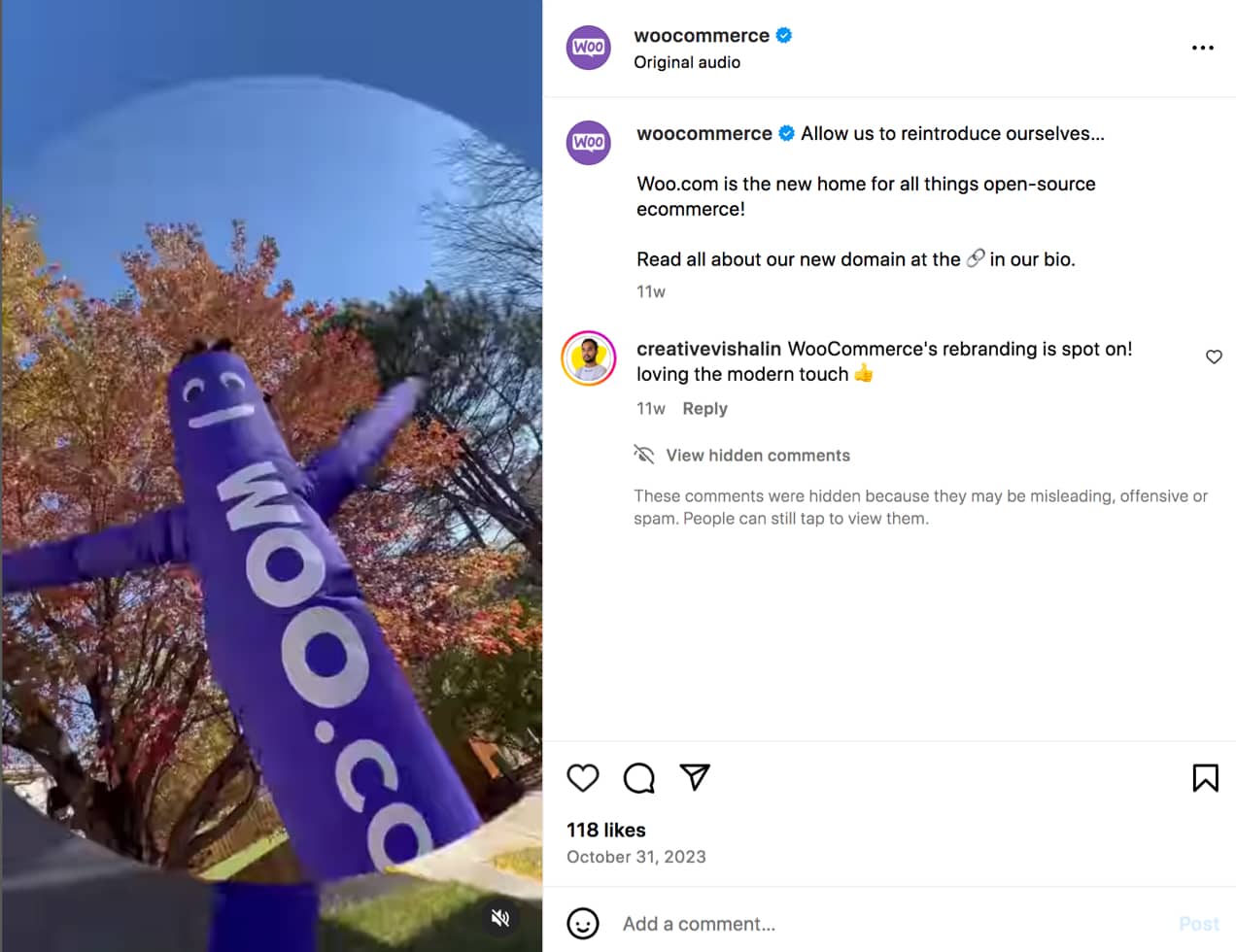
And yes, people still like to laugh. Your audience loves content that shows your personality. 91% of people globally prefer brands to be funny, but 95% of business leaders fear using humor in consumer interactions.
Snack brand MoonPie isn’t one of these brands though. They’re known for their sassy responses which expand its reach. For example, here’s a response to a post from The New York Post:

This post has nothing to do with the product, but they still jumped in on the conversation. It makes the brand more relatable and memorable. These quirky, humorous interactions stick in the audience’s mind to improve brand recall.
Also, experiment with content types. Sprout Social’s research found the most engaging types of in-feed content.
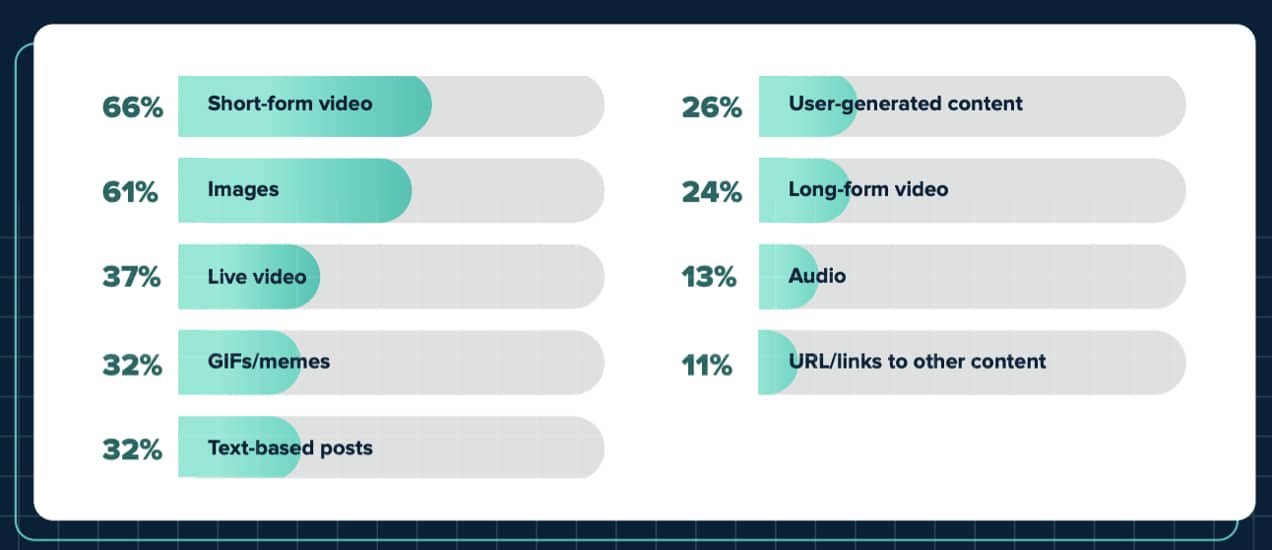
Understanding what engages your target market allows you to create more content that resonates with them and convert them into paying customers.
Use social listening to monitor conversations
Social listening involves tracking mentions of your brand, competitors, and relevant topics across social media, providing insights into customer sentiment, emerging trends, and feedback.
Ever heard of a fly on the wall? Social listening is just that for your brand — it lets you overhear and analyze the buzz around your industry, helping you develop new ideas and respond to customers’ queries or concerns.

Any mention of a specific keyword, for example, can trigger an alert, allowing you to track how often your brand is mentioned, the context of these mentions, or opportunities to join a relevant conversation.
Remember when we mentioned jumping into conversations where your brand might be relevant? Social listening tools, like Google Alerts, are how some entrepreneurs can do this dozens of times a day. They’re not waiting to stumble upon a relevant conversation — they’re actively “listening” and making it a part of their everyday marketing activities.
If you sell coffee, you might listen for things like « tired ». When someone complains about being tired, you could jump in with a comment like « We don’t have that problem! » and a funny GIF.

Create a publishing schedule
A publishing schedule is a planned calendar that outlines when and where you’ll post content across various social media platforms. It ensures your content reaches the right people at the right time and keeps your brand top-of-mind.
By organizing posts in advance, you can maintain a regular flow of social media content, align messaging with the rest of your marketing campaigns, and better analyze the effectiveness of your social selling strategies.
The publishing sweet spot for brands is to post once or twice each day. Use a tool like Jetpack Social or Buffer to streamline and automate the scheduling process.
Get insights on when your audience is most active, find trending topics, and visualize your social media schedule in one place.
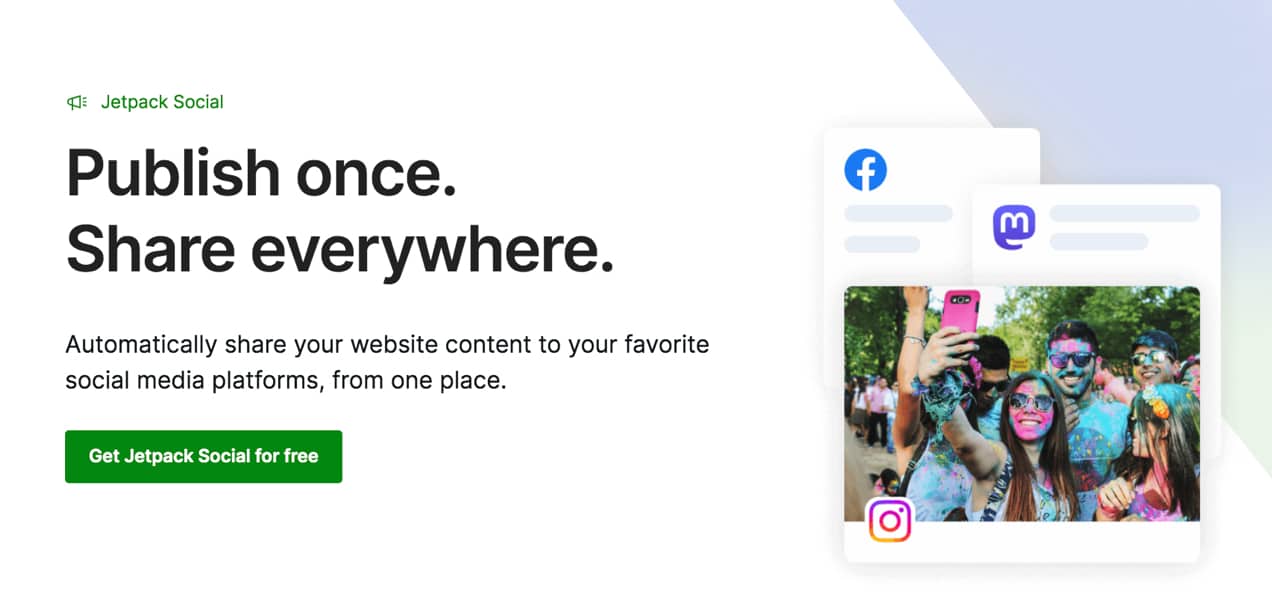
Regularly review and adjust your publishing times based on audience engagement and content performance to ensure maximum reach and interaction. This iterative process helps keep your strategy responsive to changes in audience behavior and platform algorithms.
Join online communities and participate in them
Joining and actively participating in groups puts you right where your target audience is discussing, seeking advice, or sharing experiences.
Almost two billion people use Facebook Groups every month to find like-minded people overcoming challenges, thriving in their communities, and discussing similar passions.
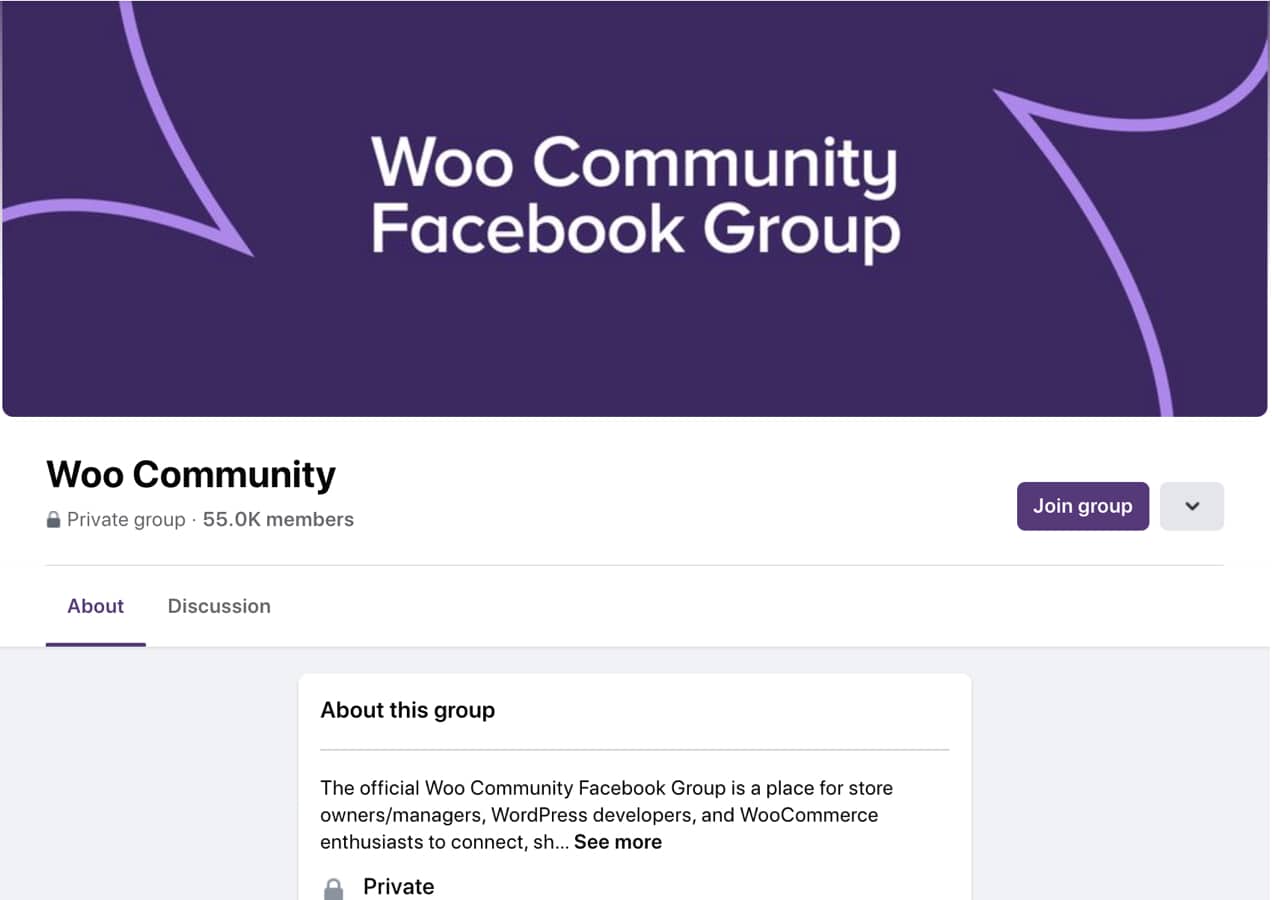
Joining and contributing to these groups brings you closer to becoming a recognized voice and go-to brand in the minds of potential customers.
Of course, your aim in any online community should always be to genuinely interact and provide value. If you lead with selling, people will tune you out. Support others’ posts and help them whenever you can. Only mention your product when there’s a natural fit or it genuinely adds value to the conversation. You’ll quickly see why this is one of the best social selling tools for companies of all sizes.
Measure and analyze your performance
Measuring performance in social selling involves tracking specific metrics to understand the effectiveness of your strategies and adjust accordingly. Sales professionals analyze the data to enhance engagement, reach, and ultimately, sales.
Metrics you should track:
- Engagement rate (likes, shares, comments)
- Conversion rate
- Lead generation rate
- Click-through rate (CTR)
- Growth of followers
- Response time
If you sell to professionals, LinkedIn Sales Navigator offers a social selling index (SSI) — a great way to measure your progress. This social selling index measures your performance across four components.
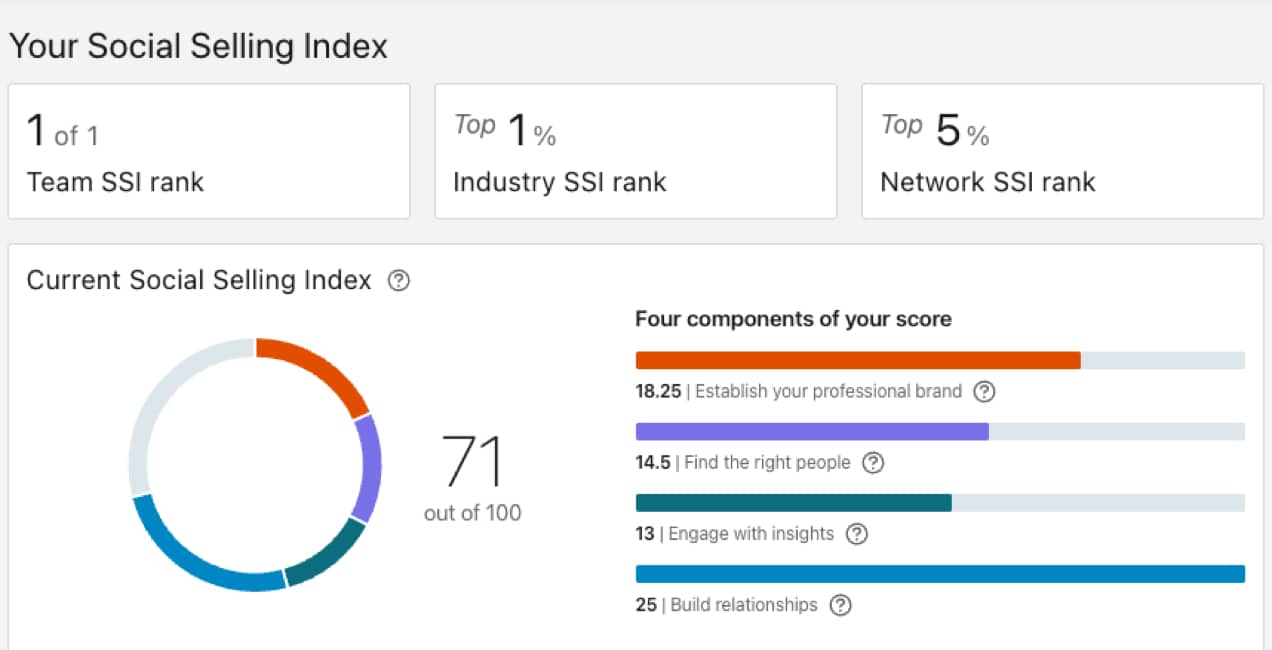
Your score is updated daily and it provides insights into how well you’re establishing your professional brand, finding the right people, engaging with insights, and building relationships.
Use social proof to build credibility and trust
Social proof, like customer testimonials, user-generated content, and influencer marketing, shows potential customers that others have had positive experiences with your brand.
Social proof is exactly why word-of-mouth and referral marketing influence customers’ decisions. It’s a powerful tool businesses use to build trust and credibility with their audience.
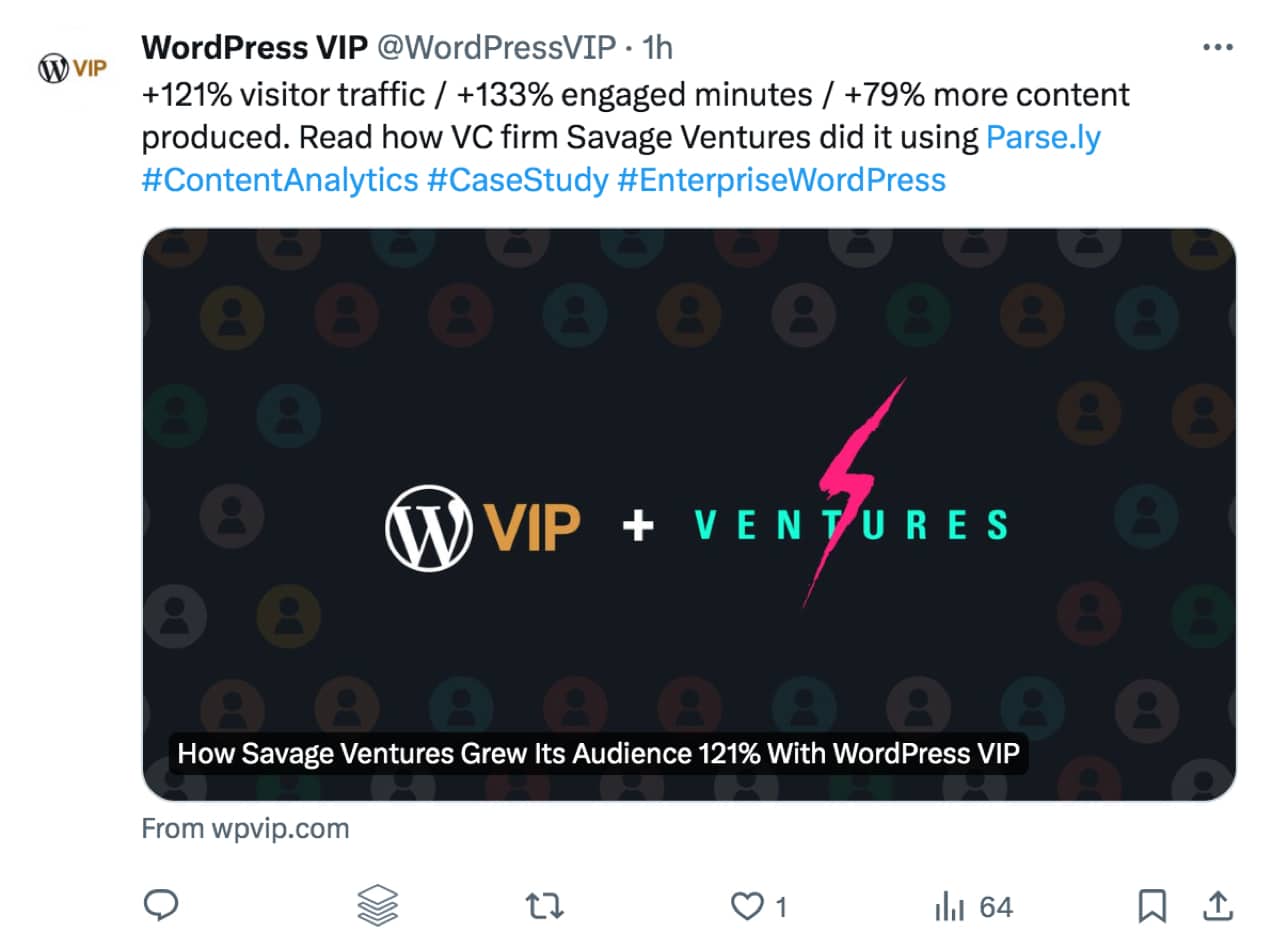
Tips for social proof:
- Encourage satisfied customers to leave reviews and testimonials on your website, social media platforms, and third-party review sites.
- Utilize user-generated content by reposting customer photos or videos that feature your brand.
- Collaborate with influencers who align with your brand values and have a dedicated following.
- Showcase any awards or recognition your brand has received.
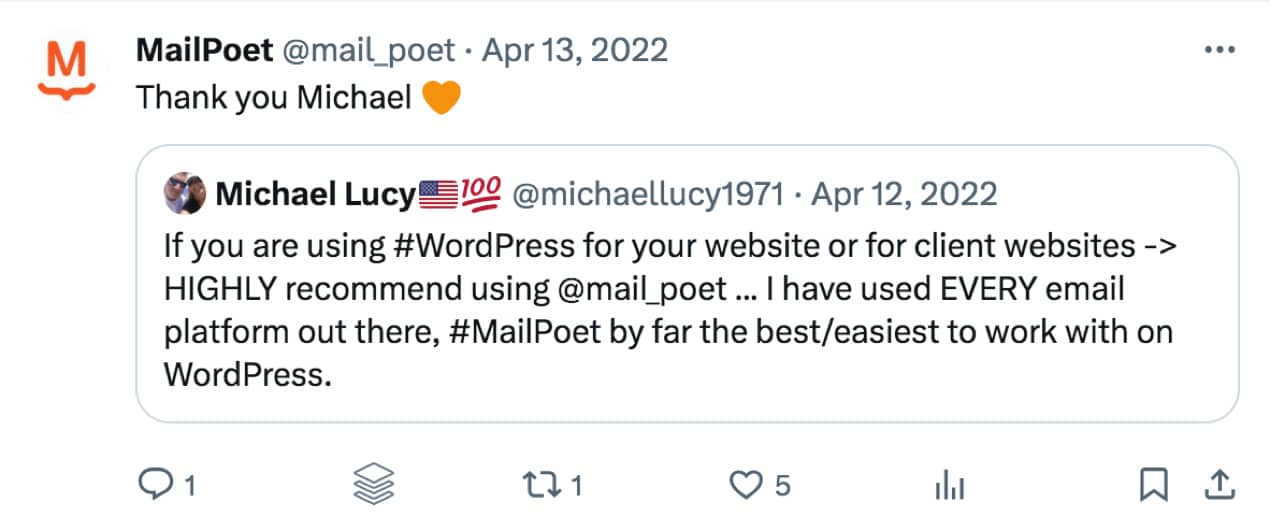
Social proof, when genuine and relevant, nudges a potential customer along the path to purchase by providing evidence that your brand is reputable and trustworthy.
Engage with your followers
The entire point of social selling is to build relationships with your target audience. And that involves responding to them — whether on positive or negative posts — promptly and thoughtfully to nurture relationships.
Your sales team should view each interaction as a step in the buying process, offering personalized, helpful responses.

On LinkedIn, for example, engage by commenting on user posts, sharing relevant articles, and congratulating connections on new roles or achievements. This active participation shows you’re invested and attentive.
Some other tips on engaging with followers:
- Respond to negative comments with empathy and offer a solution to resolve their issue.
- Create polls or surveys to ask questions and involve your followers in conversations.
- Encourage user-generated content by using branded hashtags and reposting customer photos or videos that feature your products.
- Organize contests, giveaways, or challenges to incentivize engagement.
- Go live on social media to interact with your audience in real-time and answer their questions.
Stay consistent across different channels
Staying consistent across different social media channels means maintaining a uniform tone of voice, brand colors, and content style, regardless of the platform.
Why is this important?
It keeps your brand easily recognizable and your message coherent whether a customer interacts with you on Instagram, Threads, LinkedIn, or any other channel. Brand consistency also signals professionalism and reliability, making it clear it’s one cohesive brand behind the messages, regardless of the sales team managing it.

Five tips to maintain consistency across different social media accounts:
- Ensure the personal brands of team members complement the professional brand, especially for public-facing personnel integral to your social selling efforts.
- Adapt your content style and messaging to suit each platform while maintaining a consistent brand voice to cater to your target audience.
- Train all members involved in your social selling program on the brand’s tone of voice, aesthetics, and values for consistent communication.
- Develop detailed guidelines covering all aspects of your brand identity, including tone of voice, color palettes, and engagement strategies, to ensure uniformity.
- Regularly review all social channels for consistency and adapt based on audience feedback and engagement.
Platform-specific strategies for social selling
↑ Revenir en hautWhile general social selling techniques apply, certain strategies are unique to each platform. It’s easy to understand why: each platform has its own environment and audience behavior.
For example, Facebook has a massive user base and offers groups and personalized interactions, while Instagram is visual-heavy, and ideal for storytelling and product showcases. On the other hand, Reddit’s format encourages community engagement and expert discussions.
Here are some social selling strategies for the major social media platforms:
LinkedIn is where professionals gather, making it a prime spot for business-to-business (B2B) interactions. It‘s great for service-based, B2B ecommerce, or high-value product industries looking to engage with decision makers and influencers directly.
Here, prioritizing social selling means building a strong personal brand and tailoring your social selling strategy to professional engagement.
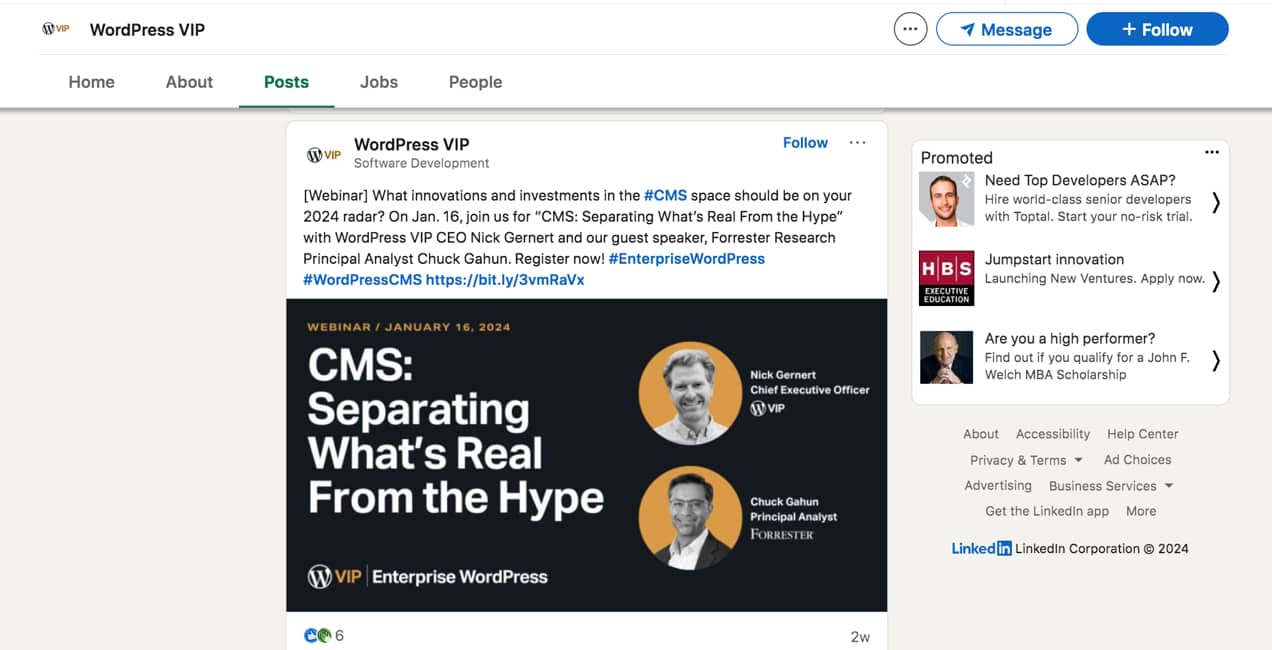
LinkedIn’s environment is ideal for sharing industry insights, networking, and cultivating a professional image that attracts and retains the attention of potential buyers and partners. Join LinkedIn Groups to engage in discussions and establish yourself as a thought leader in your field.
Pro tip: Use Sales Navigator’s information to personalize your messages. A generic message won’t cut it. Mention a recent post or a shared interest to break the ice.
Social selling on Facebook is crucial because it’s where your customers are spending a good chunk of their time. It’s not just about pitching your product, but about building relationships and trust that lead to sales.
Here’s how you can achieve social selling success on this popular platform:
Firstly, focus on your personal brand. People buy from people, not faceless entities. Make sure your profile is professional, personable, and clearly aligned with what you’re selling. Share relevant content that’s both valuable and reflective of your brand’s ethos.
Side note: Facebook for WooCommerce, especially its Messenger capabilities, allows real-time interaction with site visitors. This provides exceptional service and a personal touch, making a huge difference in customer experience.
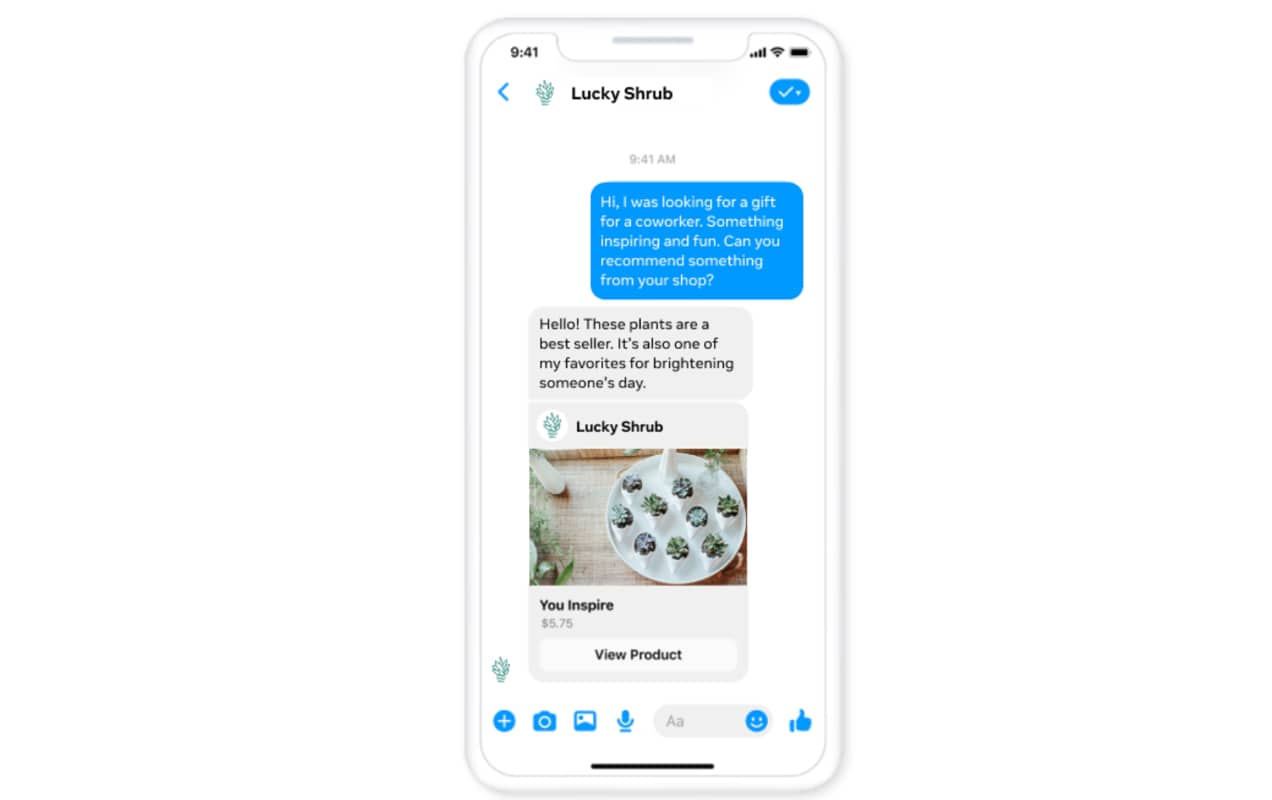
Now, let’s talk specifics for your brand’s social media channel. Post regularly, but value quality over quantity. Use compelling visuals and stories to grab attention. And when you post, don’t just vanish — stay to engage. Respond to comments, messages, and mentions promptly and personably.
Also, join relevant groups and participate in discussions. But don’t be salesy — offer genuine value. Share your expertise, answer questions, and be a helpful presence. Over time, this builds credibility.
Instagram boasts over a billion monthly active users, making it a goldmine for businesses looking to expand their reach.
And let’s be honest, who doesn’t love scrolling through a visually-appealing feed?
The social media platform is great for image-driven businesses like fashion, beauty, travel, and food. But really, any business can thrive by showcasing its products or services with compelling visuals and stories.
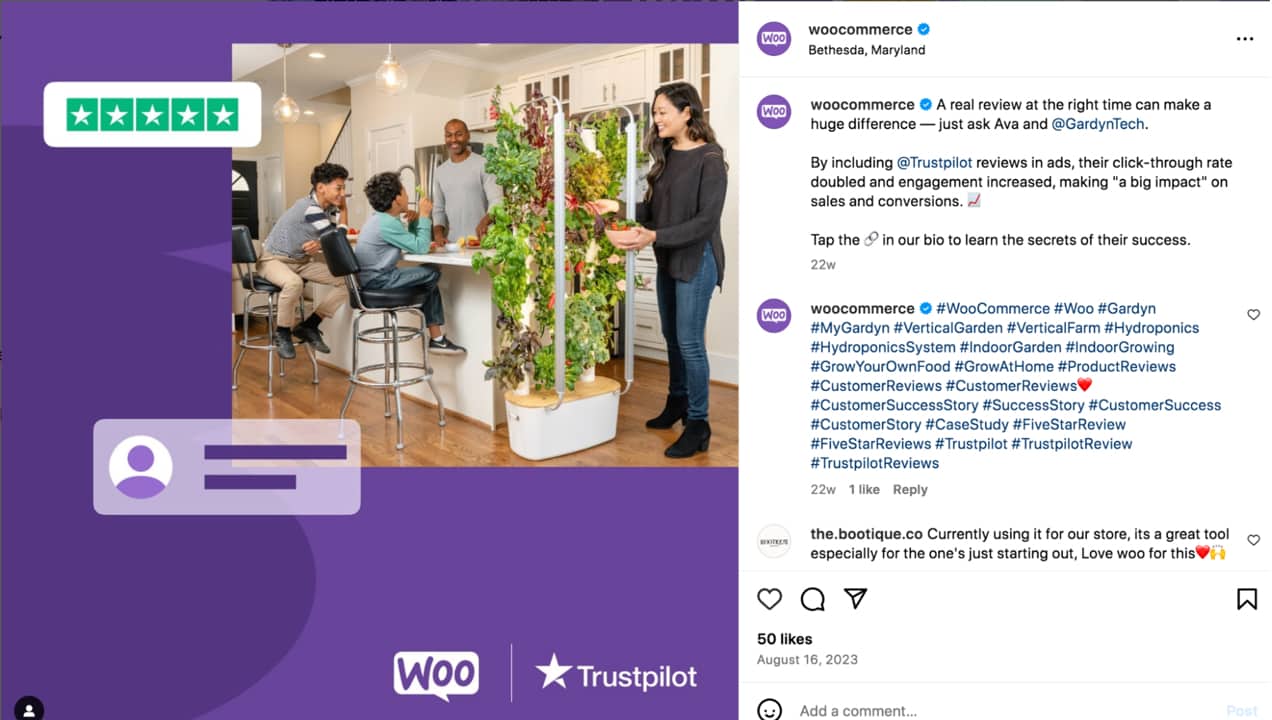
Focus on building a strong personal brand. This means being authentic and consistent in your messaging. Your followers should know what you stand for just by scrolling through your feed.
And remember, it’s not just what you post, but how you engage. Responding to comments, sharing user-generated content, and sliding into DMs (appropriately, of course) boost your rapport with potential customers.
Next, optimize your brand’s social media channel by using relevant hashtags, posting regularly, and tracking your analytics to understand what works.
The key is to be strategic and genuine in your approach. No one likes a hard sell and a perfectly curated image, so weave your product plugs into interesting content.
TikTok
TikTok’s explosive growth and high engagement levels make it a hotbed for connecting with potential customers, especially younger audiences. In fact, it’s the platform where trends are born and spread quickly.
TikTok’s format loves visual, creative, and quick-hitting content and is perfect for showcasing products in a fun and engaging way. And with WooCommerce’s TikTok integration it’s one of the best social selling tools you’ll find. The extension streamlines ad creation and helps you showcase your products directly on the platform.
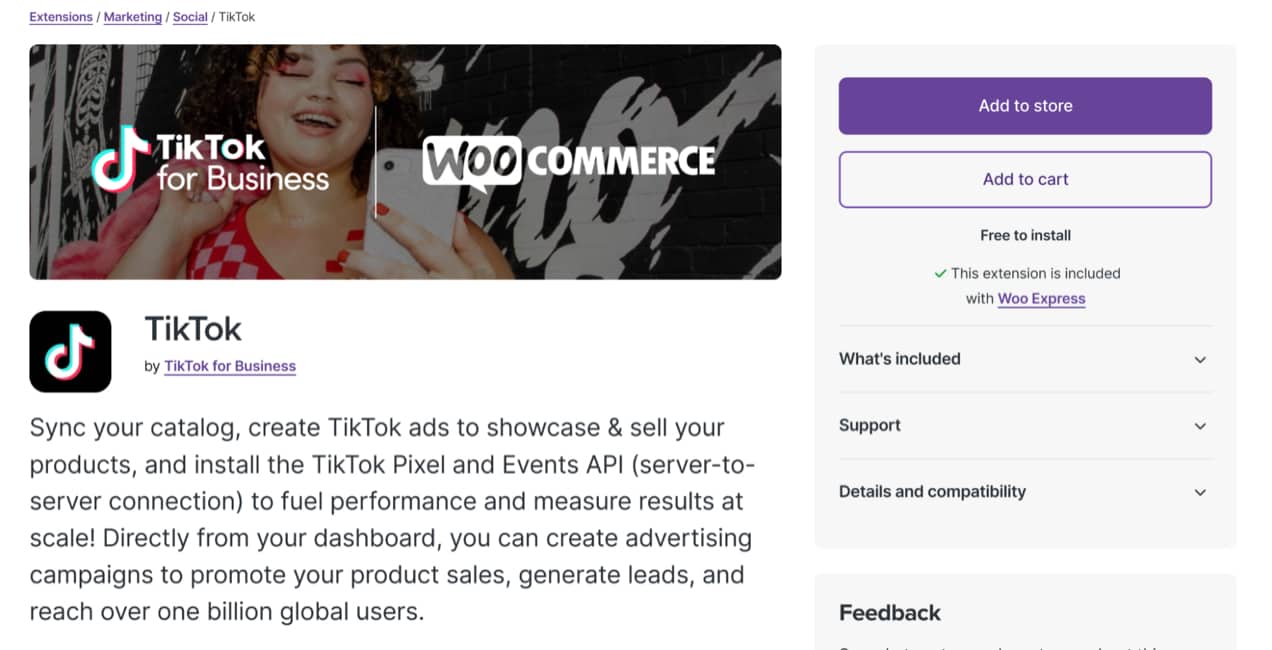
TikTok is all about community, so jump on trends, create challenges, and interact with your audience. Use snappy, relatable, relevant content to showcase your products or services — think tutorials, behind-the-scenes, or just fun, quirky posts that highlight your brand’s personality.
Authenticity wins on TikTok. Users can sniff out a hard sell from miles away, so keep it real.
Sell on social media with WooCommerce
↑ Revenir en hautAs social media continues to evolve and become more ingrained in our daily lives, businesses need to adapt and find ways to sell their products or services through these platforms.
WooCommerce offers the tools to organize all of your efforts in a single place. Drive your audience directly from social media to your exclusive online shop. Manage product listings and sync inventory across platforms, and build your network wherever your customers spend their time.
Ready to build your wholly-owned ecommerce store? Start building today.
Already have a store on WooCommerce? Want to prioritize social selling efforts? Explore available social media extensions.
About





